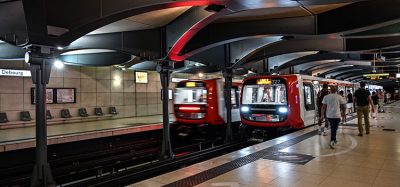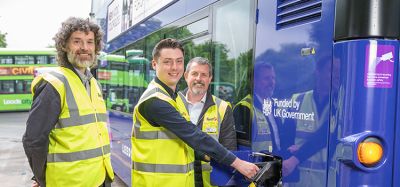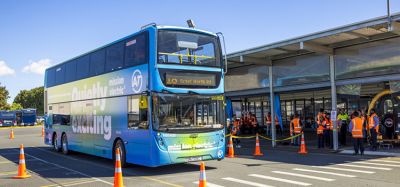Denmark’s Movia orders new charging stations for electric buses
- Like
- Digg
- Del
- Tumblr
- VKontakte
- Buffer
- Love This
- Odnoklassniki
- Meneame
- Blogger
- Amazon
- Yahoo Mail
- Gmail
- AOL
- Newsvine
- HackerNews
- Evernote
- MySpace
- Mail.ru
- Viadeo
- Line
- Comments
- Yummly
- SMS
- Viber
- Telegram
- Subscribe
- Skype
- Facebook Messenger
- Kakao
- LiveJournal
- Yammer
- Edgar
- Fintel
- Mix
- Instapaper
- Copy Link
Posted: 11 April 2018 | Intelligent Transport | No comments yet
Movia has ordered one of the biggest frame contracts for the Siemens eBus business, demonstrating Denmark’s dedication to reducing emissions and ensuring the transport network is sustainable…
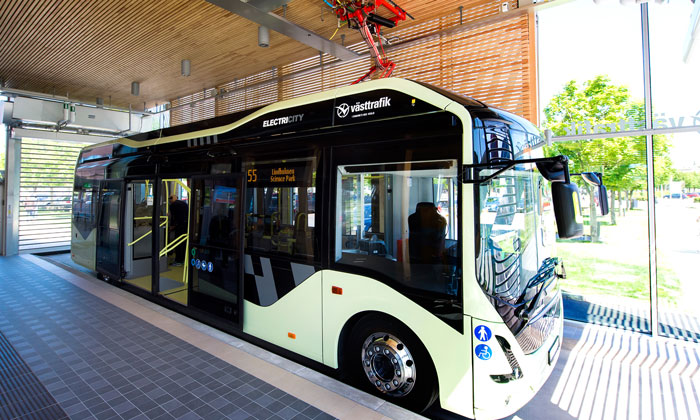

Siemens has signed a frame contract with Movia, the largest public transport authority in Denmark, to deliver charging stations with a top-down pantograph for electric buses.
The contract, signed on request of Movia’s municipalities, is a good example of how corporation between public authorities and private companies can lead to efforts towards tackling climate change.
Siemens will provide high-power charging (HPC) stations, with power levels of 150kW, 300kW or 450kW. The three-year contract includes the installation, commissioning, civil engineering works and the Siemens remote monitoring system eBus cloud. The frame contract is accompanied by a six-year service contract.
In 2017, forty-five municipalities and two regions of Zealand agreed to aim for CO2-neutral bus transport by 2030 as part of Movia’s Mobility Plan 2016. In addition, the municipality of Copenhagen aims to become the world’s first CO2-neutral city in 2025. The switch to electric buses in Copenhagen, where nearly 100 million passengers travel by bus each year, will eliminate particle and noise pollution and CO2 emissions from the public buses.
“Movia aims to deliver climate-friendly mobility for the benefit of cities, businesses and citizens. The agreement with Siemens paves the way for electric buses and thus increases the green change of bus transport for which we have been working hard for several years,” said Movia Chairwoman, Kirsten Jensen, Mayor of Hilleroed.
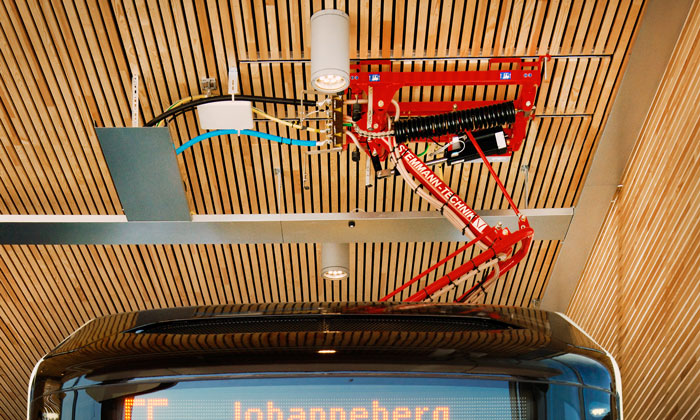

Selected bus terminals are equipped with charging stations providing the necessary power to the electric buses via a top-down pantograph inversely mounted to a mast. The charging process is initiated when the bus arrives and a Wi-Fi communication is established. As soon as the driver has activated the hand brake, the charging process is started automatically and the four-pole pantograph connects with the bus.
The HPC stations can charge the bus batteries within four to six minutes at regular dwell time intervals, enabling them to complete a full day of scheduled service. By charging just enough for traveling all day from terminus to terminus or to the next available charging point, the Off-board High Power Charger adds a lot of flexibility to the eBus service. Since the buses occupy the charging station only for a few minutes, the Off-board High Power Charger is ideal for high-frequency operating conditions, since the charging infrastructure can be used by several buses per hour, even if they are from different manufacturers.
Related topics
Air Quality, Alternative Power, Fleet Management & Maintenance, Infrastructure & Urban Planning
Related modes
Bus & Coach
Related cities
Denmark
Related organisations
Movia Public Transport, Siemens
Related people
Kirsten Jensen




